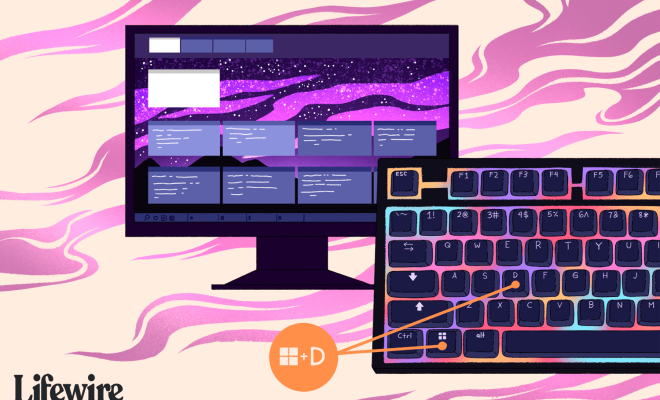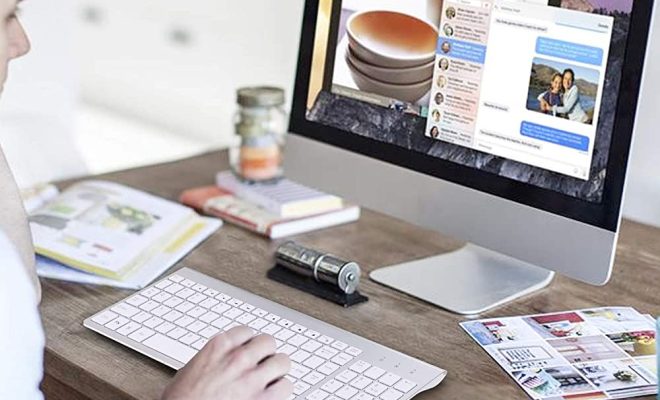How to Make Pixel Art: The Ultimate Beginner’s Guide
Pixel art has gained immense popularity in recent years, and it’s not hard to see why. Its charming and retro vibe brings forth a sense of nostalgia, and it’s no wonder that many artists and enthusiasts are drawn to this medium. Pixel art calls for a distinct set of skills, and it requires patience and attention to detail, but the payoff is always rewarding. In this article, we’ll explore a beginner’s guide on how to make pixel art.
- Understanding Pixel Art: Before diving into pixel art, it’s essential to understand its core elements. Pixel art is a form of digital art that employs small, colored squares (pixels) arranged in a grid. The primary purpose of pixel art is to create highly detailed images with limited space, which is why it’s often used in video games, animation, and graphic design.
- Choosing the Right Tool: While it’s possible to create pixel art by hand, it’s far more efficient to use digital tools to draw. The most popular software tools in the market are Pro Motion, Aseprite, and GraphicsGale. They offer a wide range of tools and features that enable users to create pixel art with ease.
- Starting Small: It’s essential to start small, especially if you’re new to pixel art. Focus on creating sprites, which are small character or object designs that are often used in video games. They’re a great way to practice your skills and master the basic principles of pixel art.
- Understanding Color Theory: Color theory is crucial in pixel art as it’s essential to make your images visually appealing. Familiarize yourself with the color wheel and experiment with different color combinations to create a unique look for your images.
- Paying Attention to Detail: Pixel art is all about the details. Pay close attention to every pixel on your canvas, and avoid using smooth lines. It’s important to create sharp, crisp lines to give your artwork an edgy and retro look.
- Using Layers: Layers are an essential tool in pixel art as they allow you to work on different parts of your image independently. You can move, resize, or edit individual pixels without affecting the rest of your design. It’s also a good practice to organize your layers in a way that makes sense to you.
- Using Reference Images: Reference images are a great way to get inspiration and ideas for your pixel art. They allow you to study the colors, shapes, and details of real-life objects or characters, which can help you create more realistic and unique artwork.
- Practice, Practice, Practice: Pixel art requires patience and practice. As with any art form, the only way to improve is to keep creating. Take your time, work on small projects, and don’t be afraid to experiment. The more you practice, the better you’ll become.






